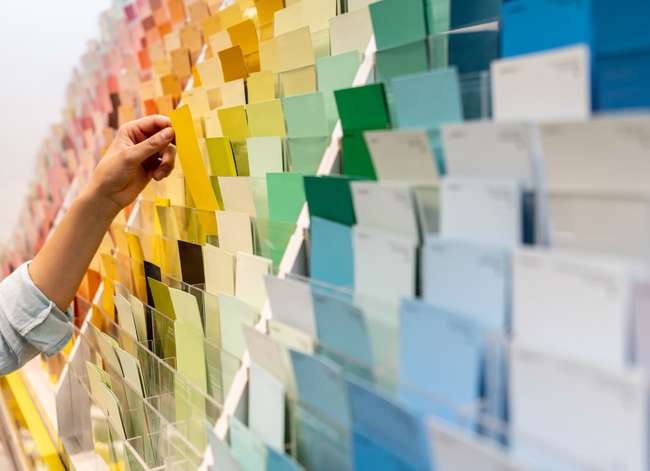We may earn revenue from the products available on this page and participate in affiliate programs. Learn More ›
Shopping for Paint has its Challenges
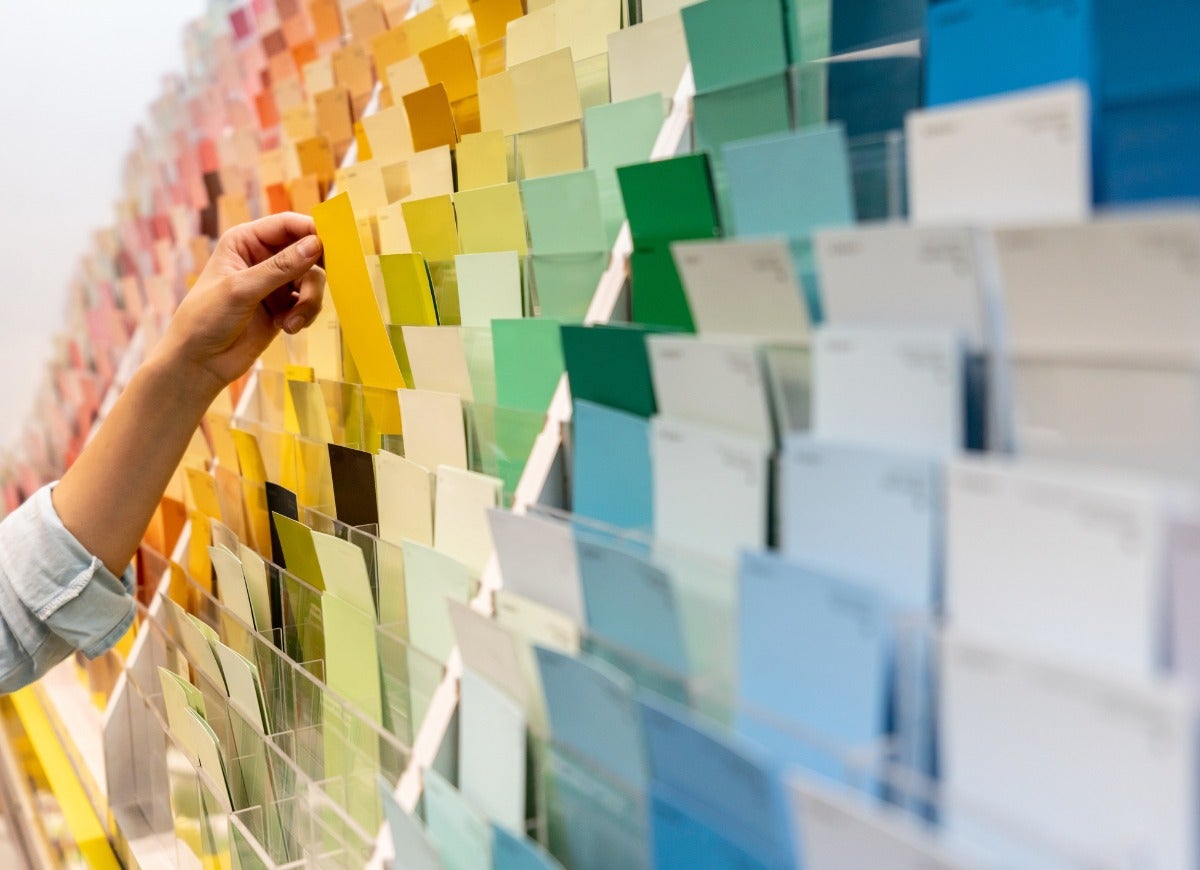
A fresh coat of paint can completely change the look of a room. Before you put the paintbrush to the wall, there’s one important decision: choosing the paint. With so many colors, formulas, and finishes to choose from, picking new paint can feel like a daunting task. But with a few tips in mind, you’ll be better able to find your perfect color and finish. Read on for some common mistakes to avoid when choosing a new paint for your home makeover.
Not Considering Existing Decor
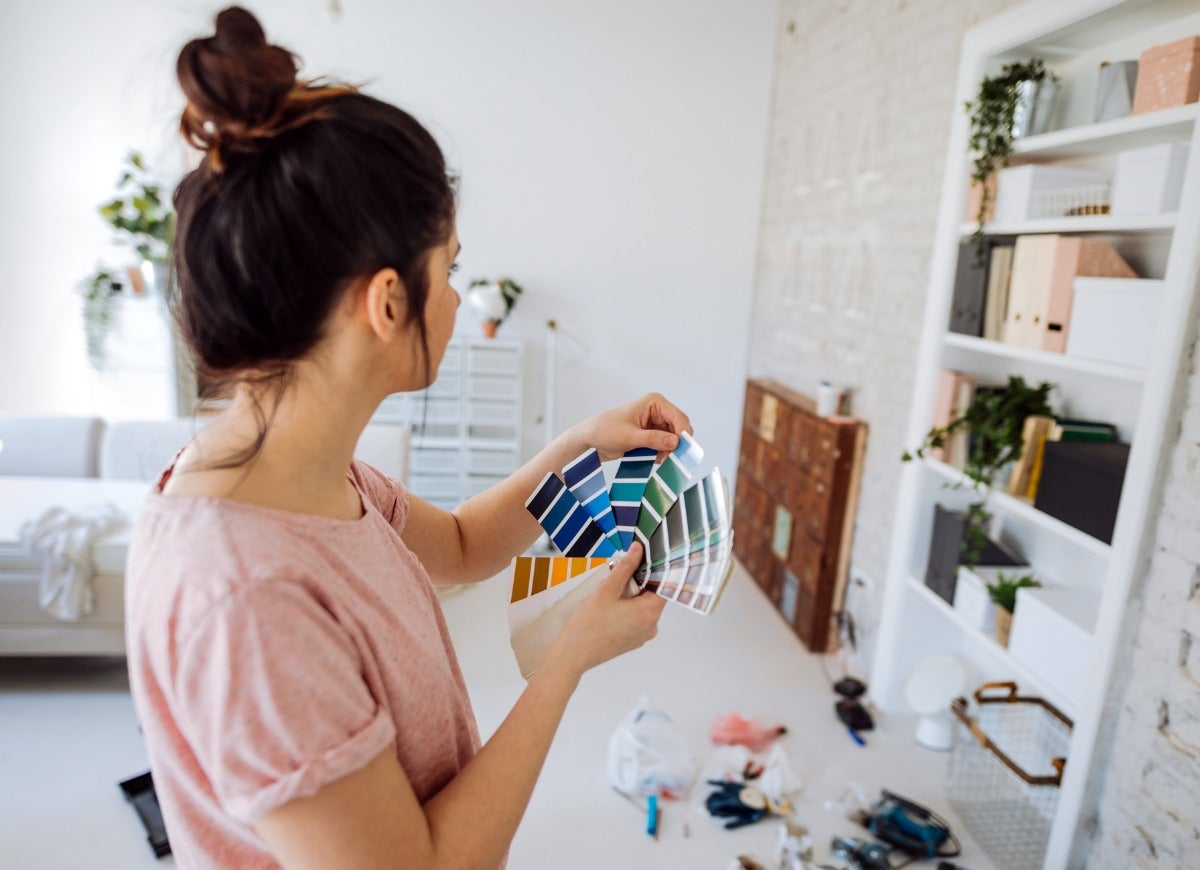
When choosing a new paint color, pay attention to the overall color scheme of the room and take the color of your current furniture and decor into account. This process can help you choose a paint color that works with existing furnishings, so you’re not left with walls that clash with your favorite couch. To make sure the paint is a match, it’s best to avoid testing swatches in a totally empty room; leave some of the main furniture pieces near the testing area.
Not Considering the Paint Undertones
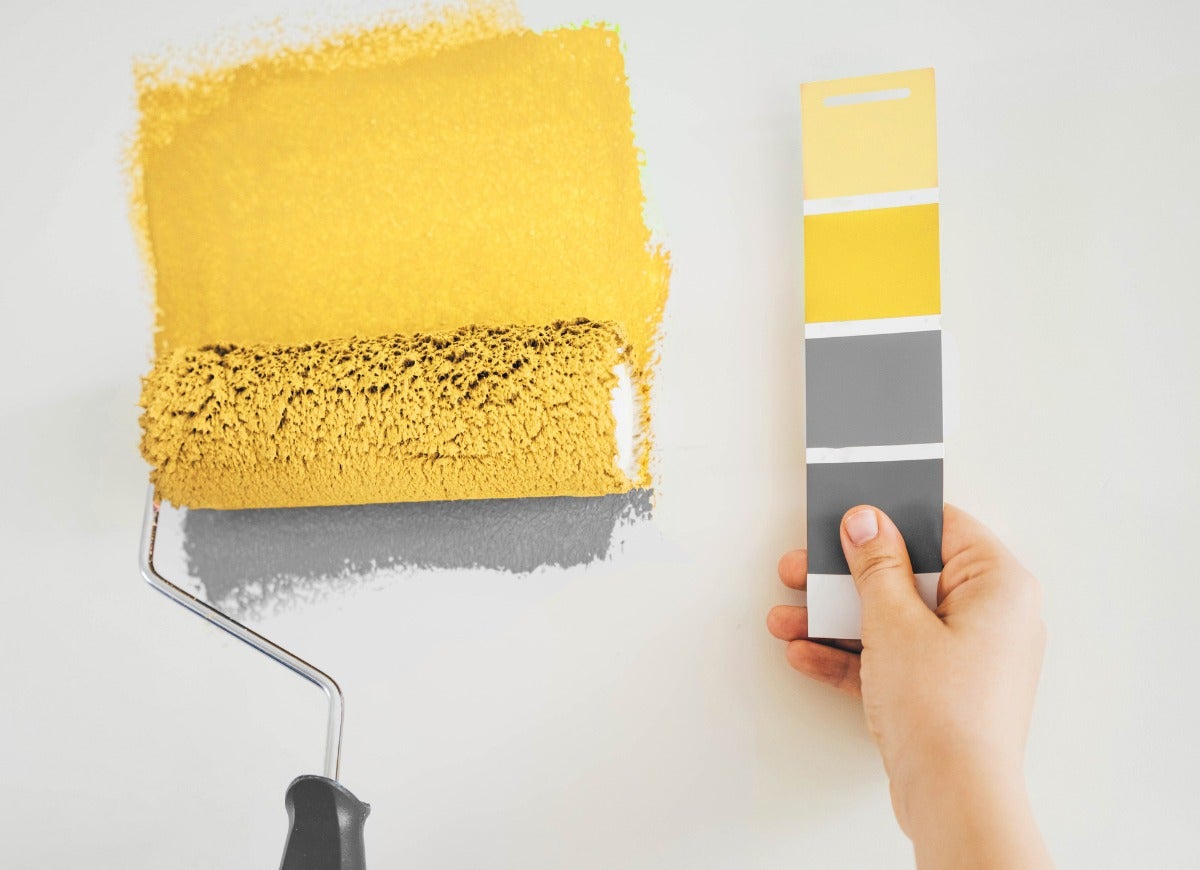
There’s more to wall paint than just a pretty color. Every paint color has either a cool or warm undertone. This becomes obvious when you look at different shades of white paint against a true white swatch. Some white paints appear more blue-toned (cooler paints have a blue, green, or purple undertone) while others are yellow-toned (warmer paints have a pink, beige, or yellow undertone). Consider if you want a cooler or warmer hue in your room.
Not Considering the Paint Finish
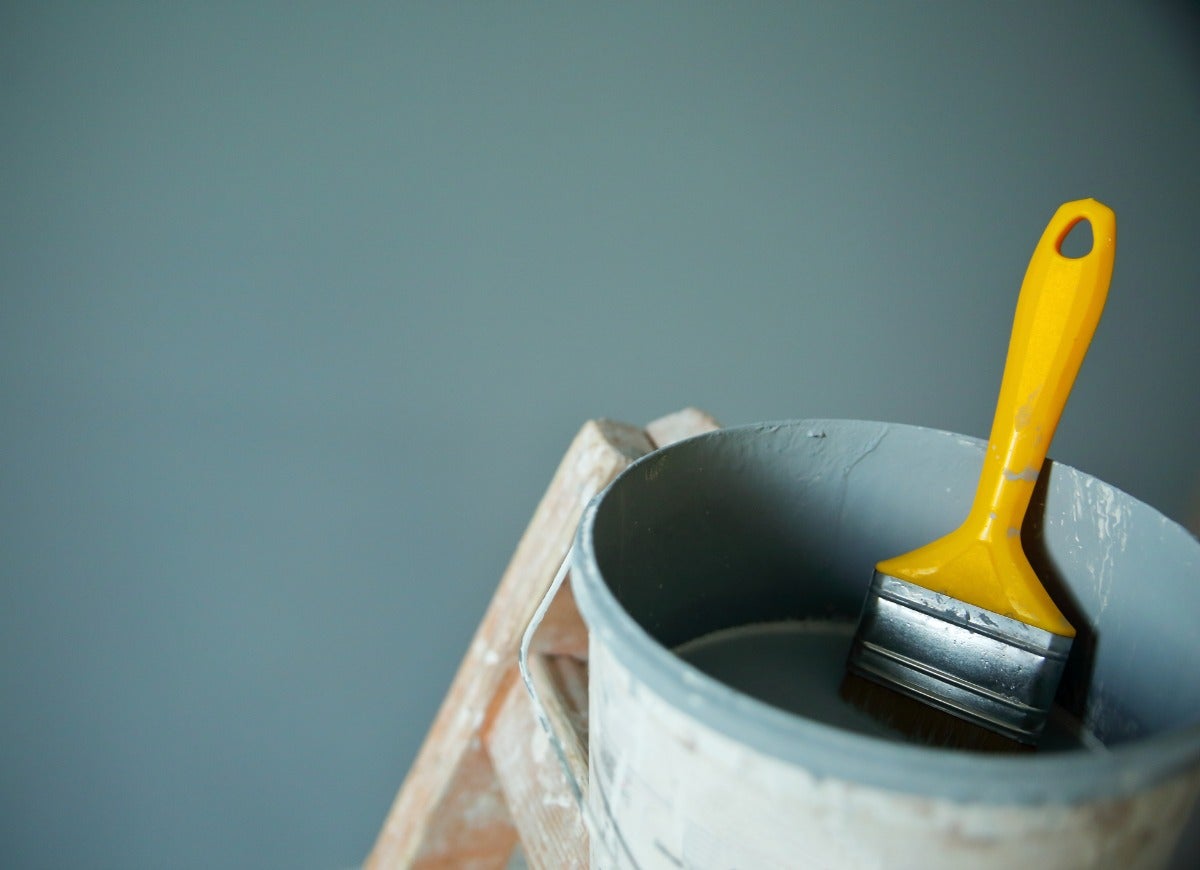
The paint sheen or finish refers to how shiny the paint appears and ranges from flat to high gloss. Lower sheen paint looks more matte and is used on walls, while higher sheen paint looks more shiny and is used on trim. Choose the finish that suits your style, while keeping in mind that sheen can affect the paint durability. Higher sheen paints tend to be more resistant to stains and scuffs, and they are easier to clean.
Not Testing Swatches Before Buying
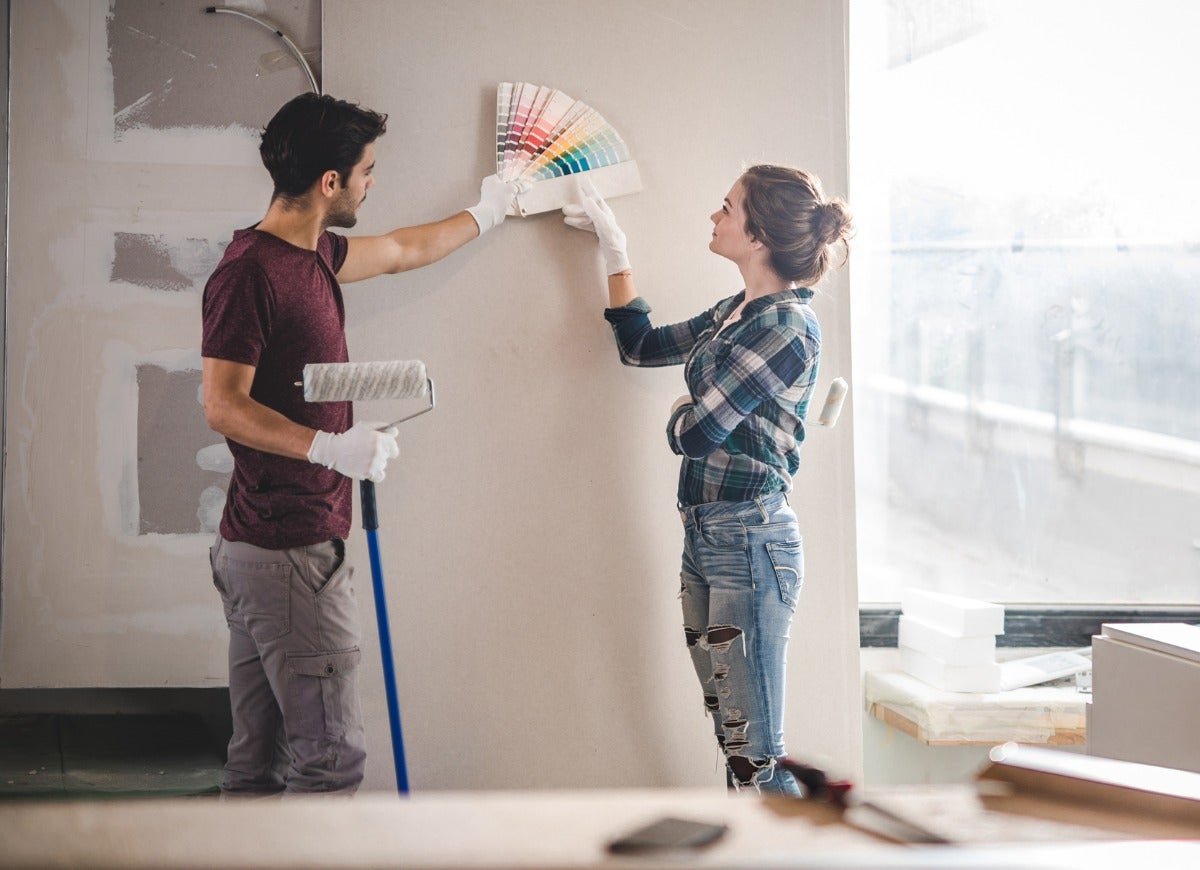
What looks fabulous in the store might look completely different on your walls, so it’s important to try the paint in your home. Ideally, you should test the paint directly on the wall you plan to paint. If this isn’t possible, you can test it by painting a white poster board and hanging it on the wall instead, although this may offer a less accurate color.
Testing Swatches Too Close Together
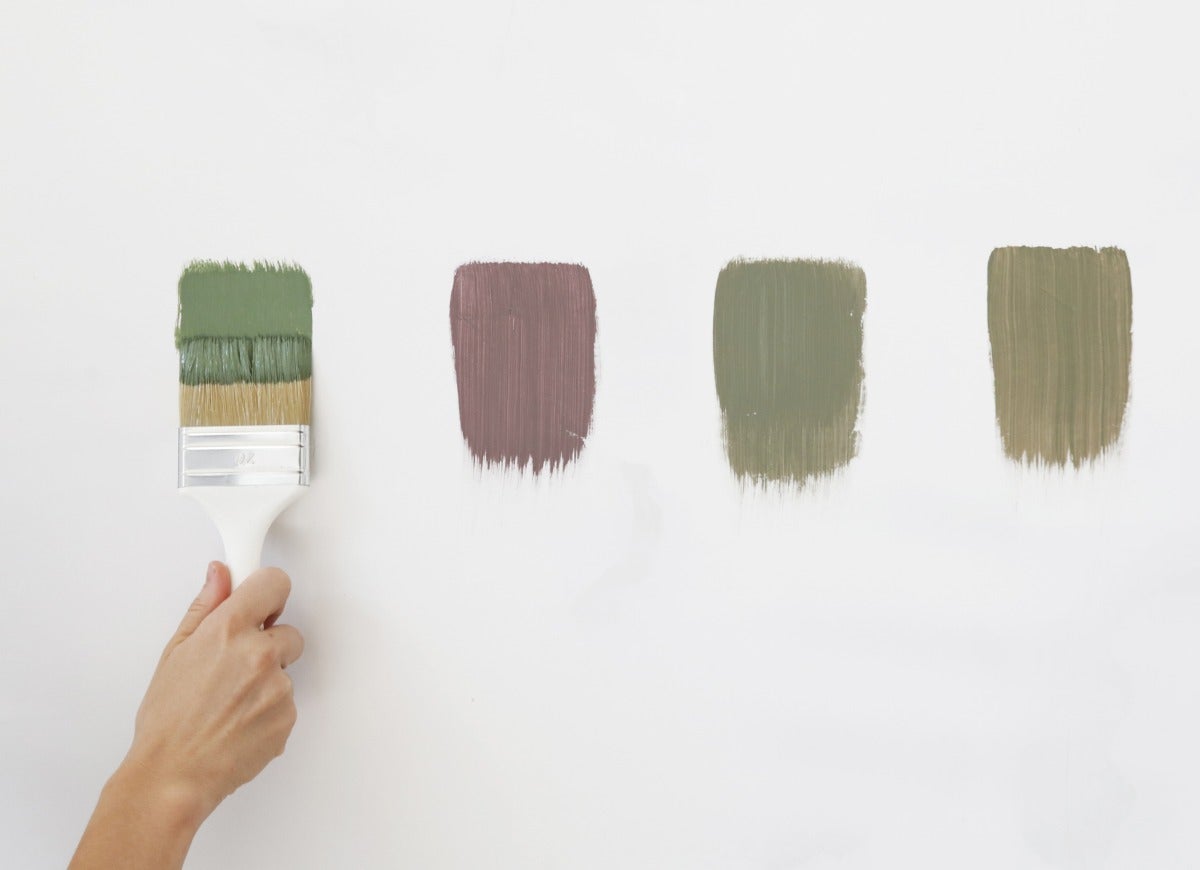
Testing paint swatches is a helpful way to narrow down color choices and compare paint types. But placing swatch samples too close together can be distracting and make it more difficult to choose a color. Leave some space in between swatches instead. Also, testing a sizable swatch and on multiple walls is usually best. This method will allow you to see how the paint looks in different lighting conditions around the room.
Rushing Into a Color Decision

Even if you initially love a paint color, it’s best to wait a few days before making a decision. The color of the paint may change in different lighting and weather conditions. A swatch might look different in daylight compared to indoor lighting, or on a sunny day compared to a cloudy day. It’s best to view the paint in a few different conditions, so you know you’ll love the color from dawn to dusk and all through the seasons.
Penny-Pinching on Tools
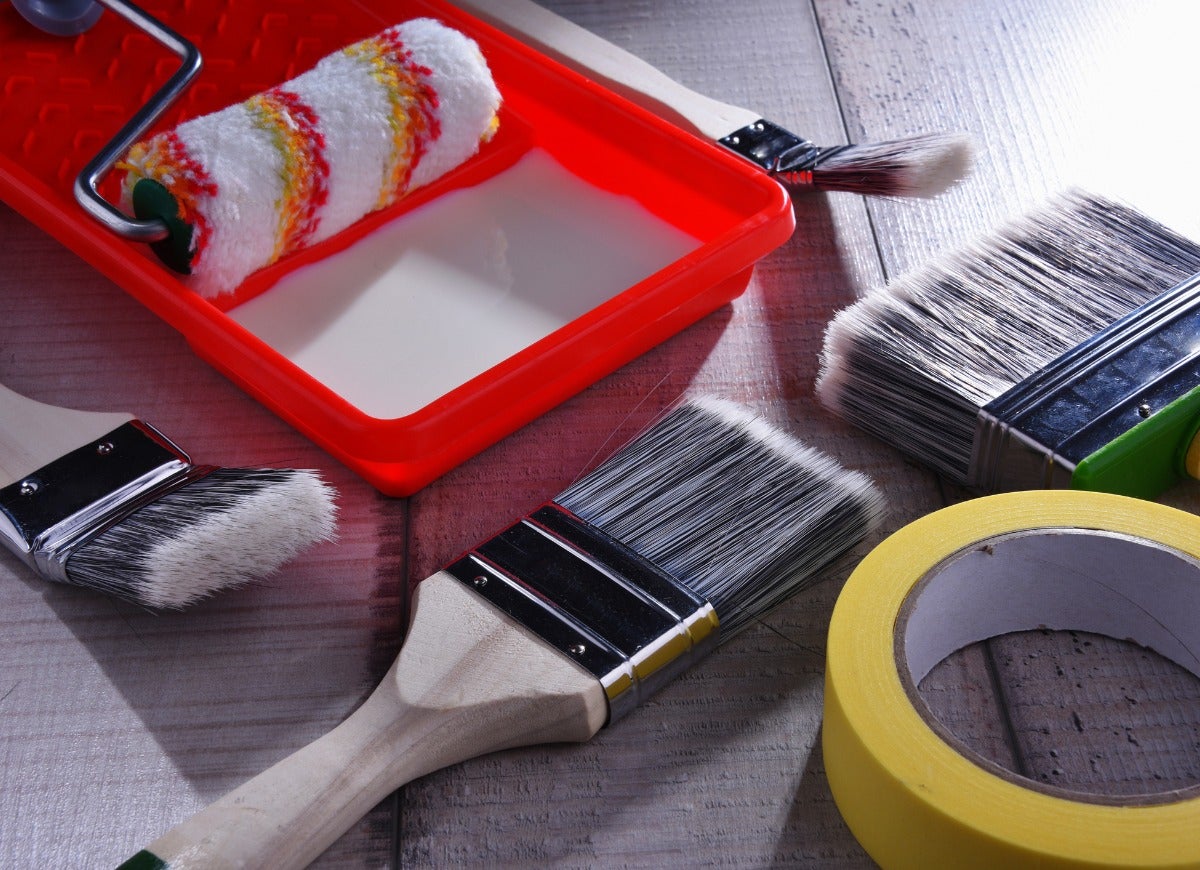
The right tools are important for any renovation job, including
painting
. Budget brushes and rollers are tempting, but they may not offer the same consistent performance as higher-quality options. Low quality brushes, rollers, and roller covers might leave tracks, fuzz, or streaks behind. These small mishaps might take more time and money to fix, so it may save money over time to invest in quality tools the first time around.
Related:
Pro Painting Tip: This $10 Tool Will Save You Hours—Seriously!
Not Buying Enough Paint
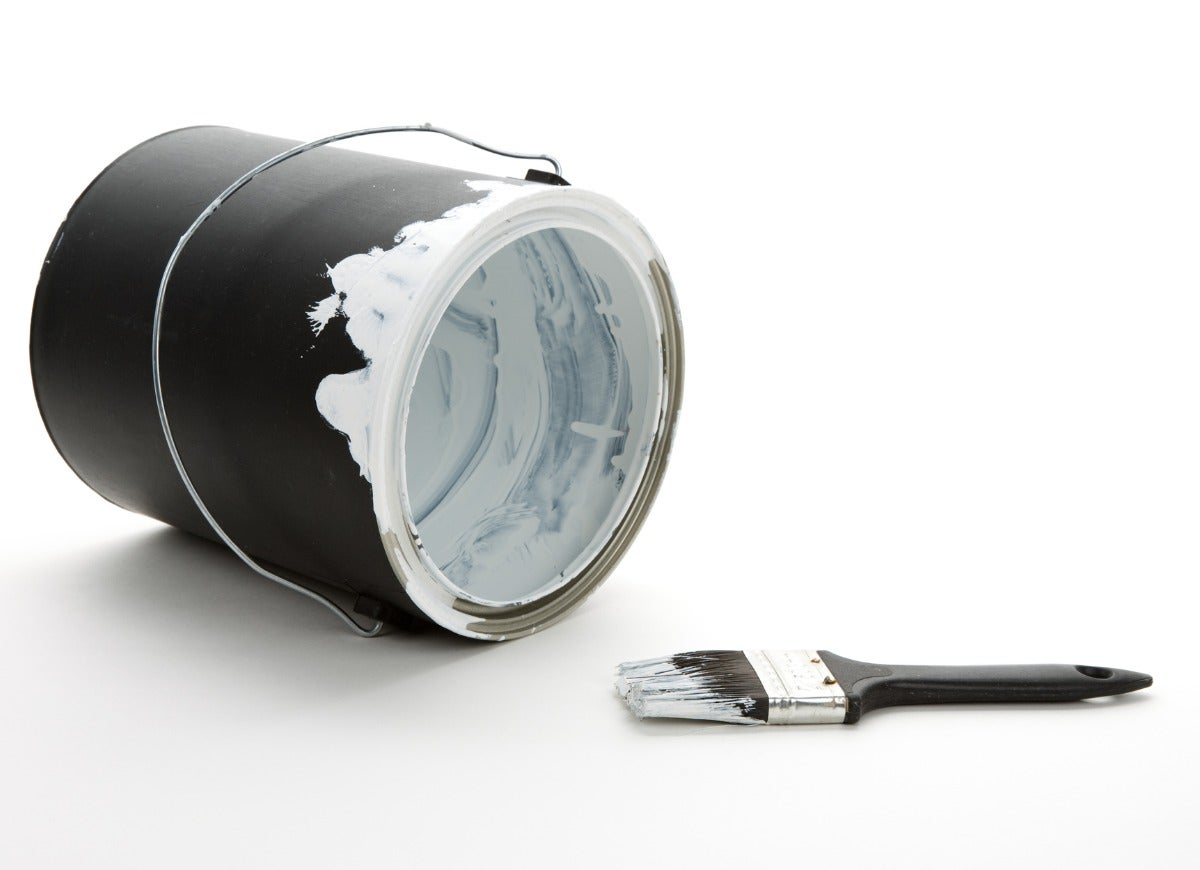
Save yourself a trip back to the paint store by buying enough paint the first time. A gallon of paint covers around 400 square feet. An online paint calculator is an easy tool to help estimate how much paint you’ll need for the job. It’s better to buy a bit more paint than you think you need rather than being stuck with too little.

Everything You Need for a Lush and Healthy Lawn
Keeping your grass green and your plants thriving doesn’t just take a green thumb—it starts with the right tools and supplies.

